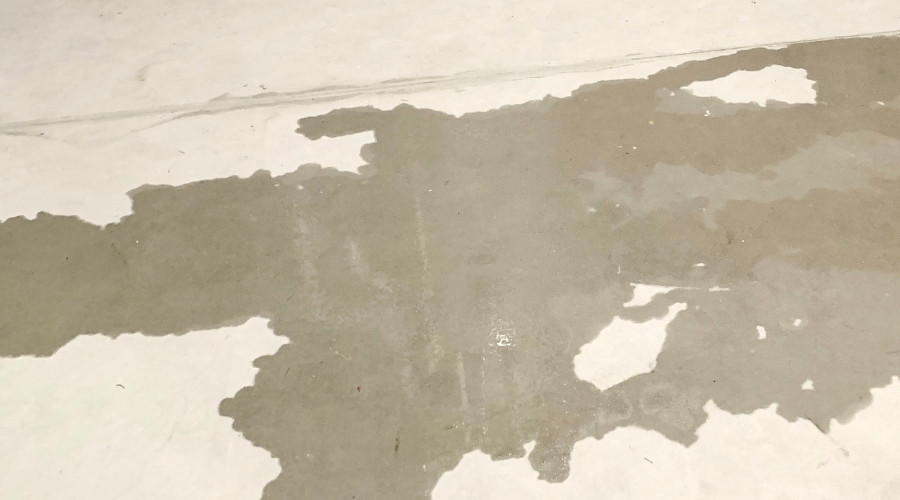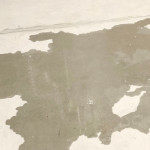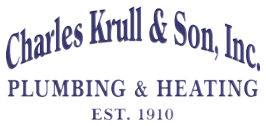Slab Leak Basics Explained
Hearing the faint sound of running water when no fixtures are on can indicate a slab leak—a hidden issue that can cause significant water damage and structural stress beneath a concrete foundation. While these leaks occur out of sight, early awareness and action can limit repairs, prevent a high water bill, and protect interior finishes. This overview explains how slab leaks form, key warning signs, and why timely slab leak detection and slab leak repair are so important.
What Are Slab Leaks?
Slab leaks occur when pressurized water lines beneath a home’s concrete slab crack, corrode, or separate at joints. Instead of flowing neatly through pipes, water seeps into the surrounding soil and can migrate upward through tiny pores in the slab. Over time, the saturated ground may shift, leading to uneven settling, cracks, and moisture that reaches flooring, baseboards, and walls.
Because the piping runs underneath the slab, access is limited, and symptoms often appear gradually. Unlike a leak inside a wall, these issues rarely reveal themselves immediately. Specialized slab leak detection methods—such as acoustic listening, pressure testing, and thermal imaging—are commonly used to pinpoint the source before unnecessary demolition begins. Addressing the problem early reduces the extent of water damage and helps stabilize monthly costs by preventing a persistently high water bill.
Signs of a Slab Leak
 Warning signs can be subtle at first and grow more obvious over time:
Warning signs can be subtle at first and grow more obvious over time:
- Damp or darkened spots on hard floors that never fully dry
- A persistent musty odor, especially in lower levels or near interior walls
- New cracks in floors, baseboards, or the slab itself, suggesting movement
- Localized warm areas on tile or concrete from a hot‑water line leak
- Flooring changes such as cupping hardwood, loose tiles, rippled carpet, or discoloration
Utility clues are equally telling. An unexplained rise in the water bill, a pattern of high water bill notices, or water meter movement when fixtures are off often indicates a hidden underground leak. In some cases, the water heater may run more frequently due to a hot‑line slab leak, increasing energy use. When these indicators stack up, a professional assessment using slab leak detection can confirm the source and guide the most effective solution.
Once a leak is confirmed, the scope of slab leak repair depends on pipe condition and location. Targeted spot repairs may resolve a single failure, while more extensive deterioration may call for rerouting or replacing a section of line to prevent recurring issues. Choosing the right approach helps limit disruption and keeps long‑term costs in check.
Common Causes of a Slab Leak
 Several factors contribute to slab leaks beneath a foundation:
Several factors contribute to slab leaks beneath a foundation:
- Pipe corrosion: Over time, chemical interactions between water, soil, and metal can create pinholes and thin pipe walls.
- Temperature: Hot‑water lines tend to be more vulnerable due to temperature cycling.
- Ground movement: Expansive soils, seasonal moisture changes, and settlement can bend or stress rigid piping. Repeated shifting may lead to cracks or broken joints under the slab.
- Excessive water pressure: Elevated pressure can strain connections and accelerate wear on fittings and elbows, increasing the likelihood of a leak.
- Installation issues: Insufficient pipe support, sharp bends, or contact with abrasive surfaces can cause premature wear and eventual failure.
- Intrusive roots and surrounding materials: Tree roots naturally seek moisture and can infiltrate small openings over time, while certain materials in the soil or concrete may interact with piping in ways that speed deterioration.
Addressing the underlying cause is essential for a lasting fix. For example, if excessive pressure contributed to the problem, correcting pressure levels helps protect new piping. If soil movement is a major factor, rerouting vulnerable sections may prevent repeated failures. A thoughtful slab leak repair plan not only resolves the current leak but also reduces the risk of future incidents.
Acting quickly limits long‑term complications. Continued moisture can encourage mold growth, damage finishes, and erode materials adjacent to the slab. In severe cases, prolonged leakage may compromise structural elements. Prompt slab leak detection followed by strategic repair can halt progression, protect the foundation, and help return water use and the water bill to normal.
With the right diagnosis and repair strategy, properties recover quickly and avoid cycles of repeat leaks. Whether the solution involves a single access point or rerouting lines around high‑risk areas, the goal remains the same: restore a dry, stable foundation and prevent additional water damage.
About Charles Krull & Son, Inc. Plumbing & Heating
Charles Krull & Son, Inc. Plumbing & Heating is a respected fifth-generation, family-owned plumbing and heating company serving the people of Malverne and the surrounding areas. They offer straightforward pricing and on-time service from highly-trained technicians. Call them today to schedule slab leak repair in Malverne, NY.



















